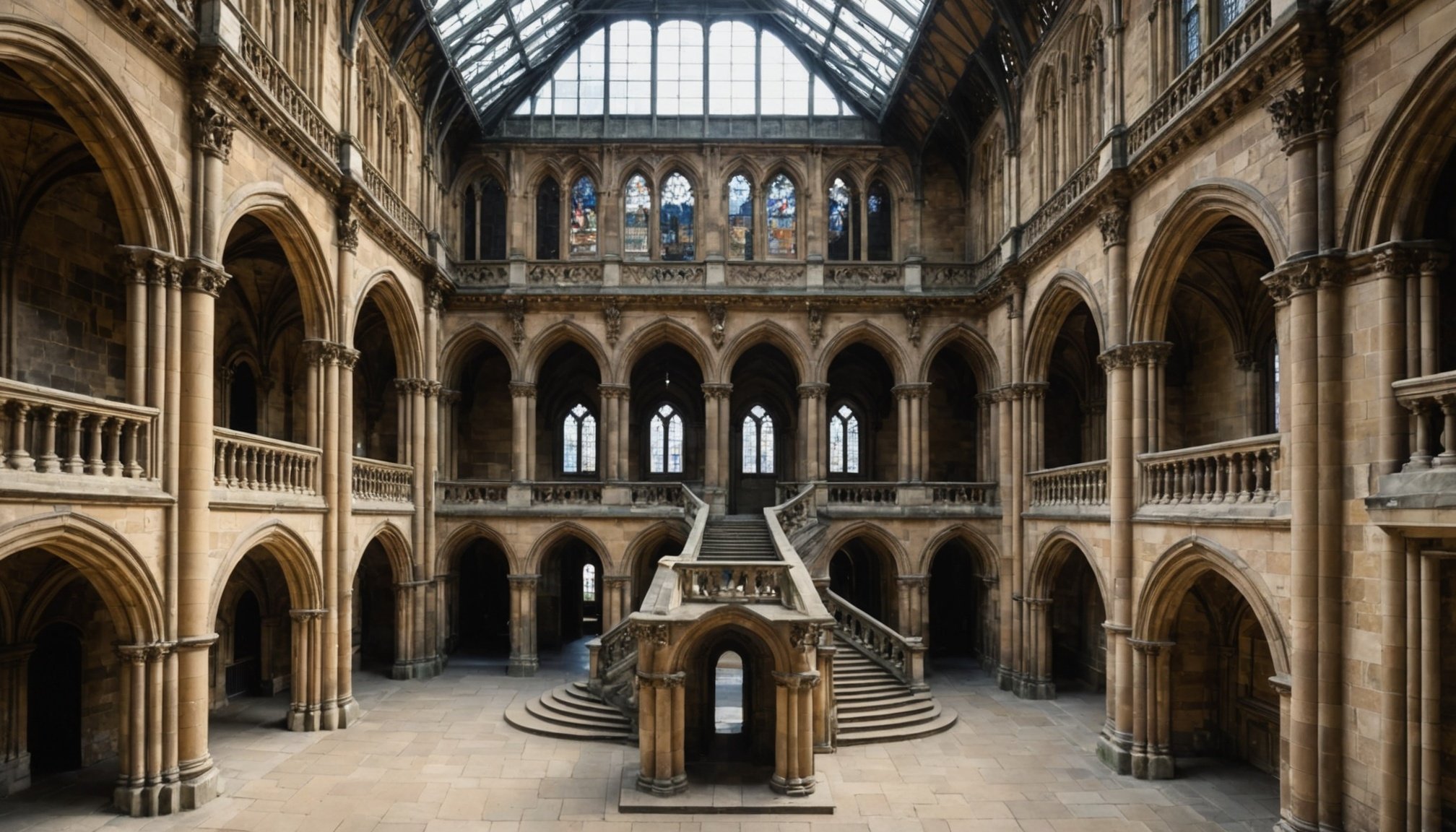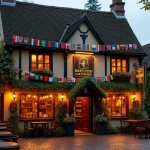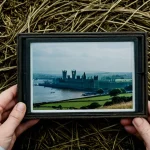Discovering the UK’s Hidden Architectural Gems
Unearthing hidden UK architecture involves looking beyond the well-trodden paths of iconic landmarks to explore lesser-known, yet strikingly unique UK structures. Selecting these sites requires specific criteria: architectural significance, historical value, and regional uniqueness. Emphasis is placed on buildings that are not widely publicized but showcase distinctive design elements or tell compelling stories from British history.
Exploring undiscovered British buildings allows visitors to appreciate the rich diversity present across the UK’s regions. From rustic stone cottages in the Scottish Highlands to avant-garde warehouses in Northern England, the UK’s architecture varies dramatically. This regional diversity highlights the evolution of styles influenced by local materials, cultural shifts, and historical events.
In the same genre : How Can Cultural Immersion Enhance Your UK Travel Experience?
By focusing on unique UK structures that are often overlooked, travelers and enthusiasts gain a deeper understanding of Britain’s architectural tapestry, revealing layers that remain hidden beneath the shadow of famous monuments. This approach encourages a richer, more personal connection to the landscape and its stories.
Standout Architectural Treasures in England
Discovering secret buildings in England reveals a wealth of architectural gems England enthusiasts cherish. These hidden English architecture wonders span from quiet rural villages to quaint small cities, each boasting unique design features tied to rich historical contexts.
Also to see : How Can Historical Sites in the UK Enhance Your Vacation Experience?
For instance, many rural villages hold churches and manor houses that showcase medieval craftsmanship, often rare examples of original timber framing or stone masonry. These buildings reveal regional styles influenced by local materials and historical events, offering a tangible connection to England’s past.
In small cities, you can find lesser-known Victorian and Georgian structures with intricate detailing. These might not feature on typical tourist routes but offer fascinating insights into England’s architectural evolution through the centuries.
Visiting these sites often requires some planning; many are accessible by appointment or during guided tours that illuminate their history and preservation efforts. Checking availability beforehand ensures you can explore these treasures without restrictions, making your visit both practical and rewarding.
Uncovering Scotland’s Lesser-Known Structures
Discovering hidden architecture in Scotland reveals a tapestry of sites often overlooked by typical tourist routes. These offbeat Scottish buildings showcase a fascinating blend of ancient craftsmanship and modern innovation, reflecting Scotland’s rich architectural heritage beyond the famous castles and cathedrals.
Take, for example, the weaving villages in the Borders region, where 18th-century mills stand alongside contemporary interpretations of traditional design. These sites highlight how Scotland’s architectural heritage incorporates industrial history with present-day creativity.
Another remarkable example is the Falkland Palace in Fife. Although not as crowded as Edinburgh Castle, it offers insight into Renaissance influences merged with Scottish baronial styles. Its secluded gardens and ornate interiors embody the hidden architecture Scotland boasts.
Exploring such places broadens understanding of Scotland’s diverse architectural narrative, emphasizing the importance of preserving these offbeat Scottish buildings as vital pieces of national identity. Whether nestled in remote Highlands or tucked within small towns, these structures provide a unique window into Scotland’s past and its evolving aesthetic.
Welsh Wonders: Unsung Architectural Sites
Discovering unusual architecture in Wales reveals a treasure trove of hidden Welsh landmarks that blend tradition and innovation. This rich architectural landscape showcases a variety of styles reflecting Wales’ diverse cultural heritage—ranging from medieval stone castles to striking modern designs that push creative boundaries.
Among these architectural spots in Wales, many buildings hold significant cultural and historical importance. For example, some lesser-known chapels andformer industrial structures tell stories of the region’s social evolution. These sites not only illustrate the evolution of Welsh craftsmanship but also serve as a canvas for contemporary reinterpretations of traditional aesthetics.
Visitors interested in exploring these architectural gems will find that several hidden Welsh landmarks are accessible for tours or photography, often off the typical tourist path. To make the most of such visits, it’s advisable to plan around opening hours, check for any required permissions when photographing, and consider local guidelines to respect these culturally sensitive spots. Whether capturing intricate stonework or sleek modern silhouettes, these places offer inspiring opportunities for enthusiasts keen on distinctive Welsh architecture.
Northern Ireland’s Architectural Discoveries
Discovering hidden architecture Northern Ireland offers a unique window into the region’s rich cultural tapestry. From medieval structures tucked away in rural landscapes to innovative modern designs in urban settings, these sites embody the blend of history and contemporary creativity that defines Northern Irish identity.
One can explore lesser-known NI architecture such as the intricate stonework of ancient castles or the bold lines of avant-garde public buildings. These sites are not just visually striking; they narrate stories of past conflicts, religious influences, and socio-economic shifts. Understanding the architectural significance in the context of local history deepens appreciation for how these buildings have shaped and been shaped by the community.
For visitors eager to explore, practical travel advice is key. Many of these unique Northern Irish sites lie off the beaten path, requiring careful planning for access via regional transport or by car. Timing visits to coincide with cultural festivals or guided tours can enhance the experience, allowing insight into hidden gems that often escape the usual tourist radar. Engaging with local experts and respecting conservation efforts ensures both an educational and sustainable exploration of Northern Ireland’s architectural treasures.
Tips for Exploring and Enjoying Hidden Architectural Gems
Exploring architectural exploration UK offers a unique opportunity to experience history and design away from crowded tourist spots. When visiting UK hidden sites, respect is paramount. Always follow local guidelines, avoid disrupting residents or ongoing maintenance work, and refrain from touching delicate surfaces. This ensures these treasures remain intact for others to enjoy.
Finding and planning routes to lesser-known locations can be challenging but rewarding. Use local archives, community forums, and specialized maps focused on visiting tips UK hidden sites to uncover these gems. Combining multiple sites into a thoughtfully mapped route maximizes your experience, letting you savor each gem without rushing.
Capturing the essence of these sites requires a keen eye for detail. For architecture photography UK, seek unique angles that highlight craftsmanship or overlooked features—like intricate brickwork or aged wrought iron. Early morning or late afternoon light often enhances textures and shadows, enabling you to create captivating images that tell a deeper story beyond the obvious facade. Taking time to observe and frame thoughtfully results in truly memorable photographs that celebrate hidden beauty.











